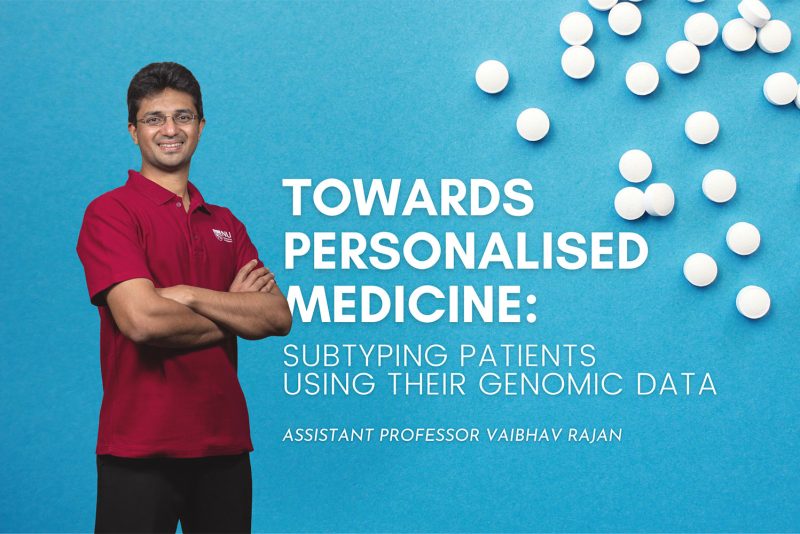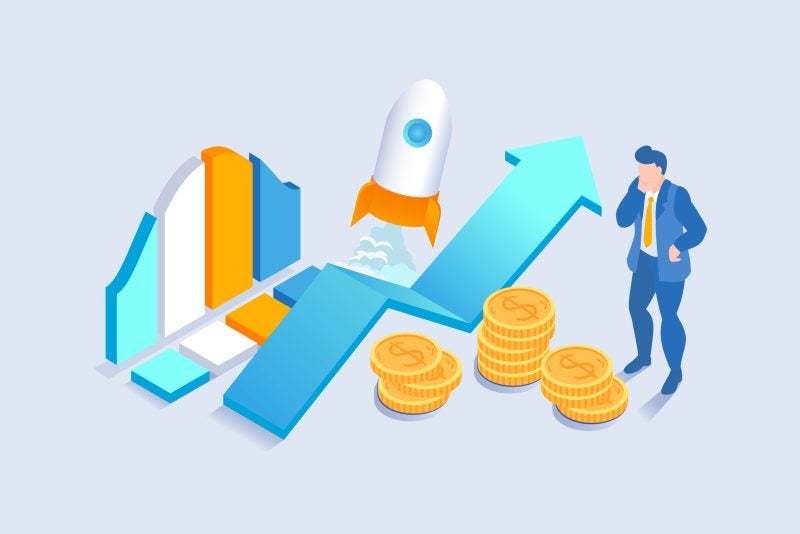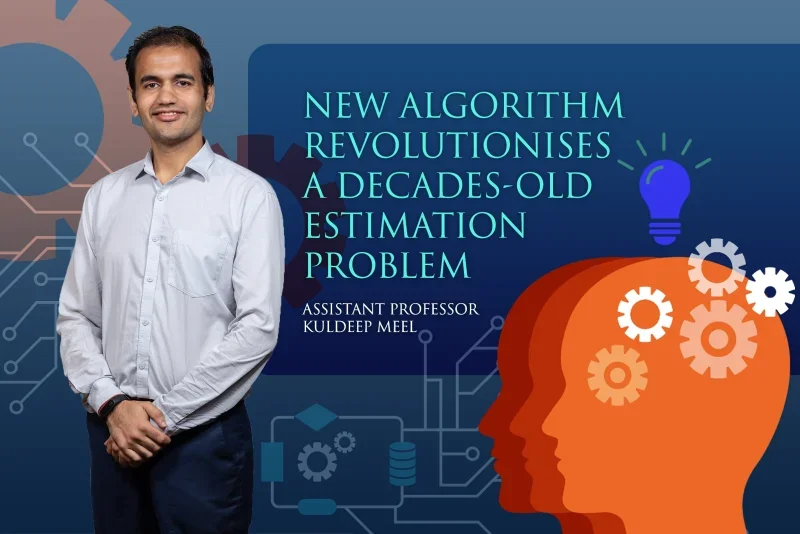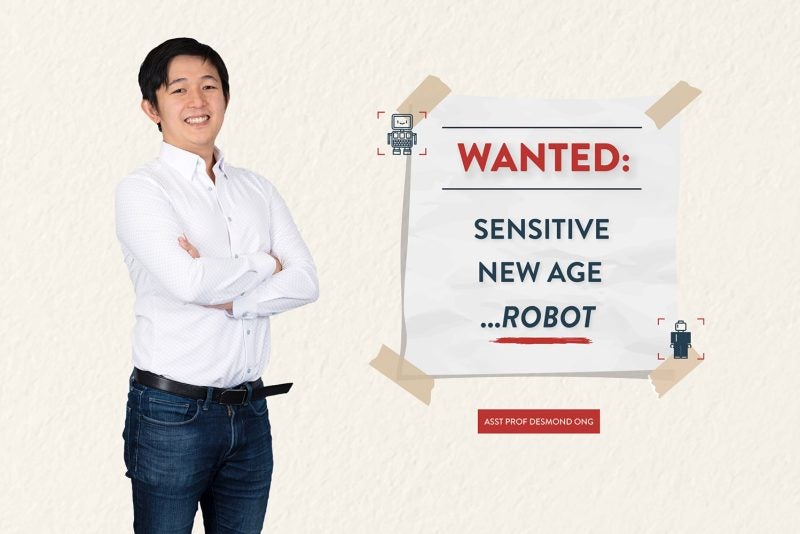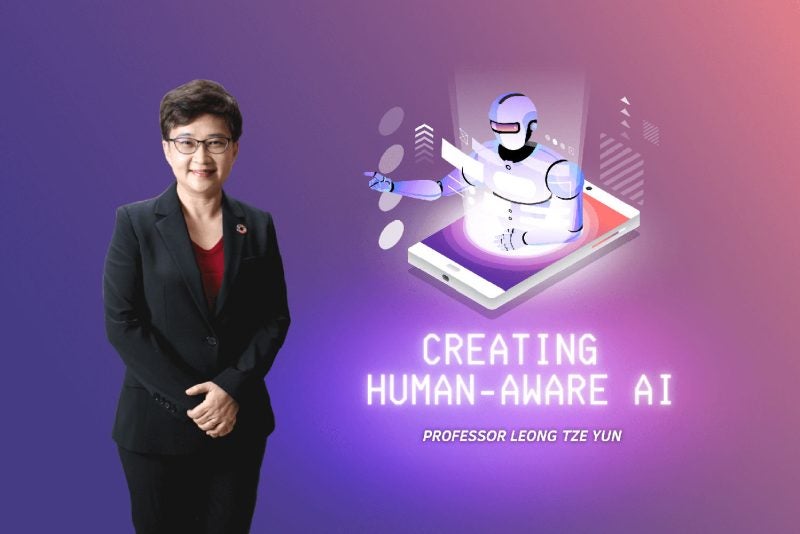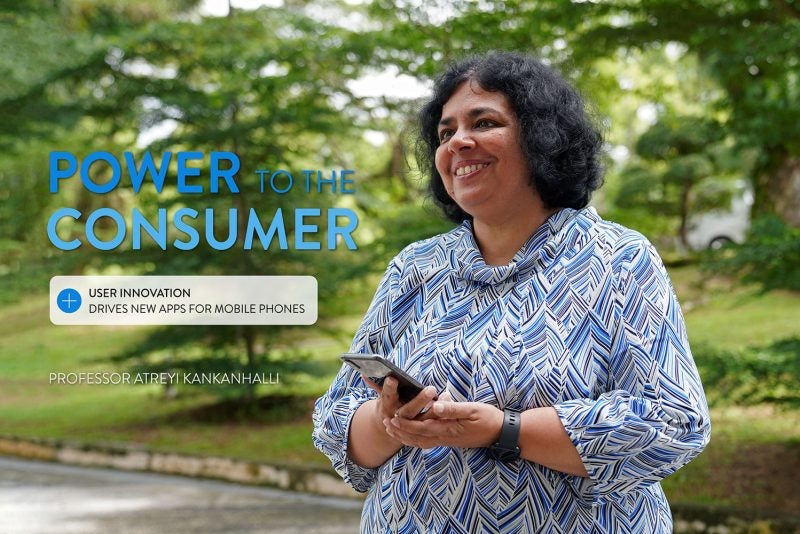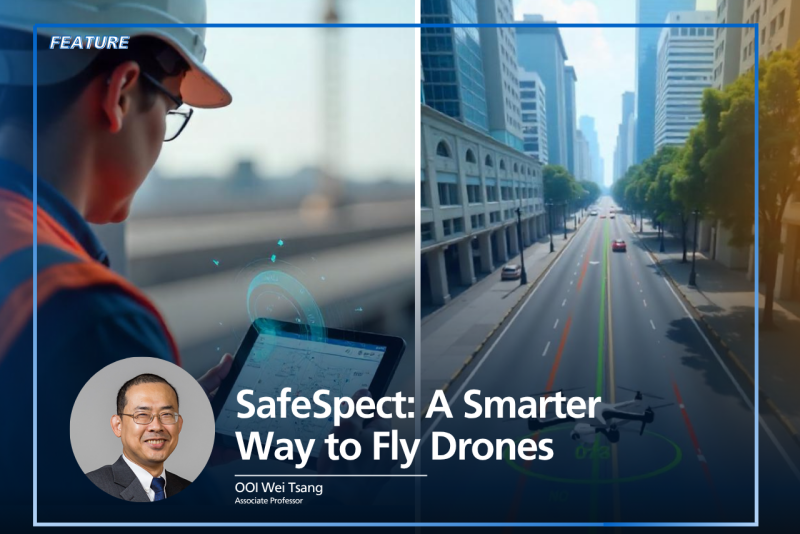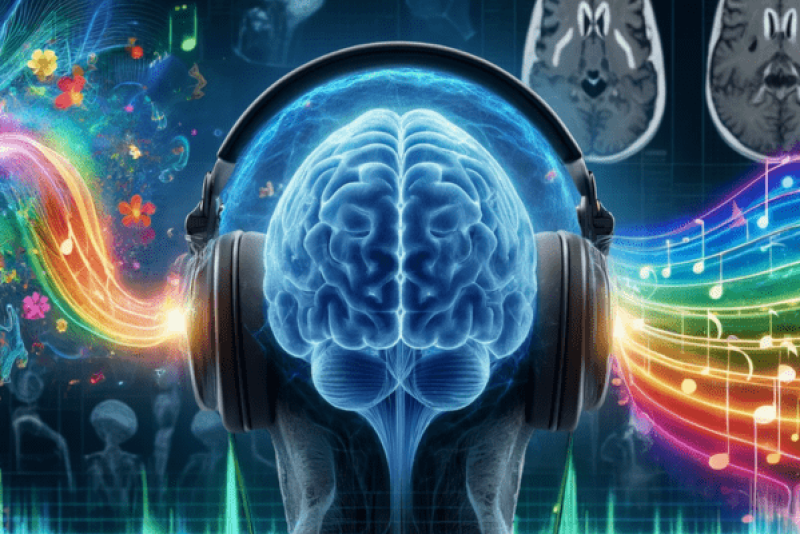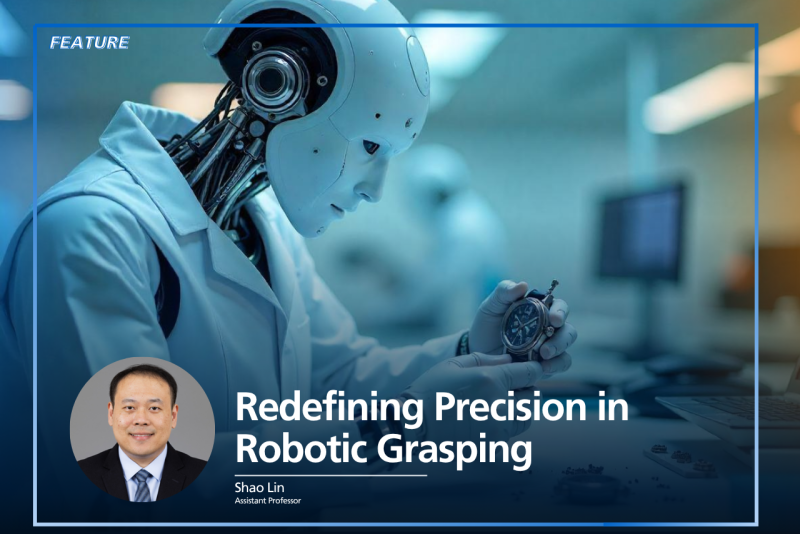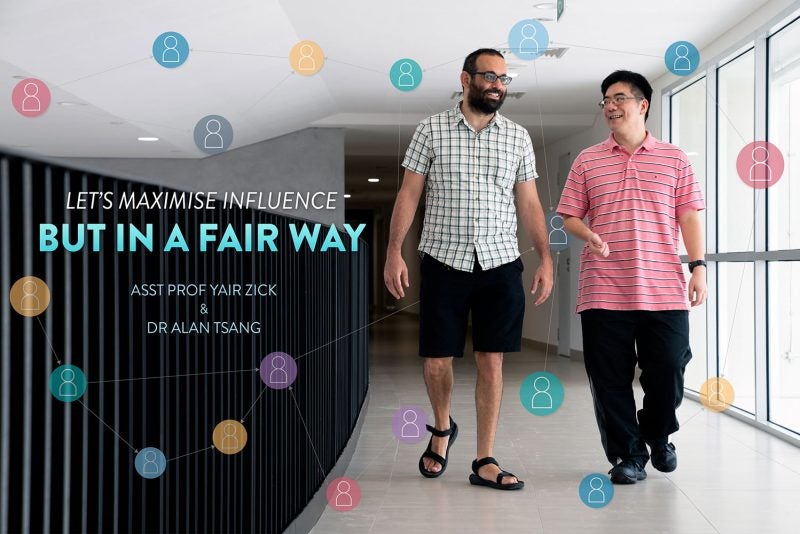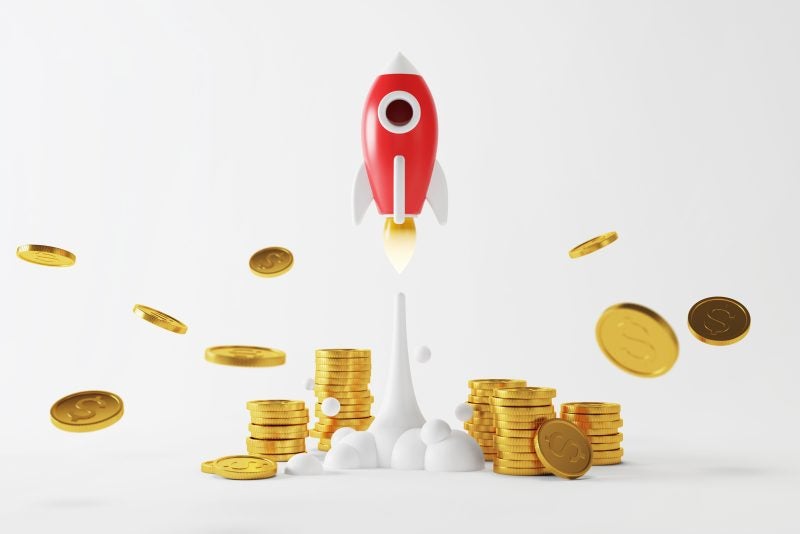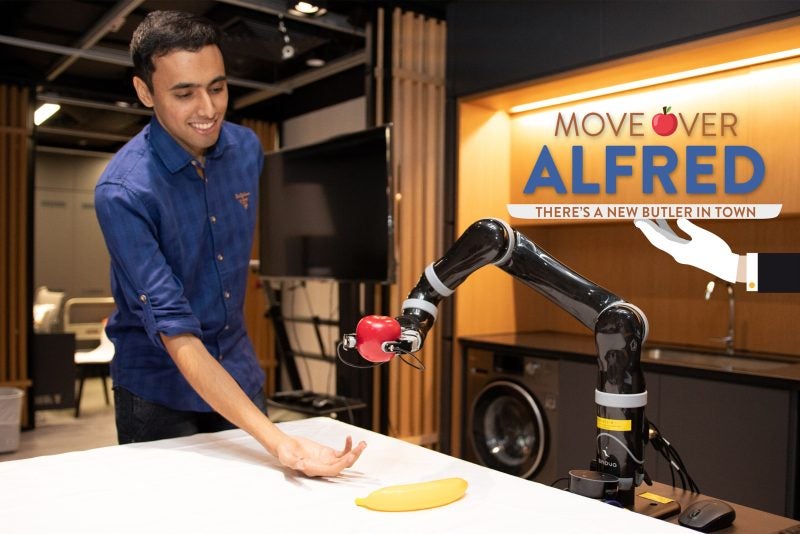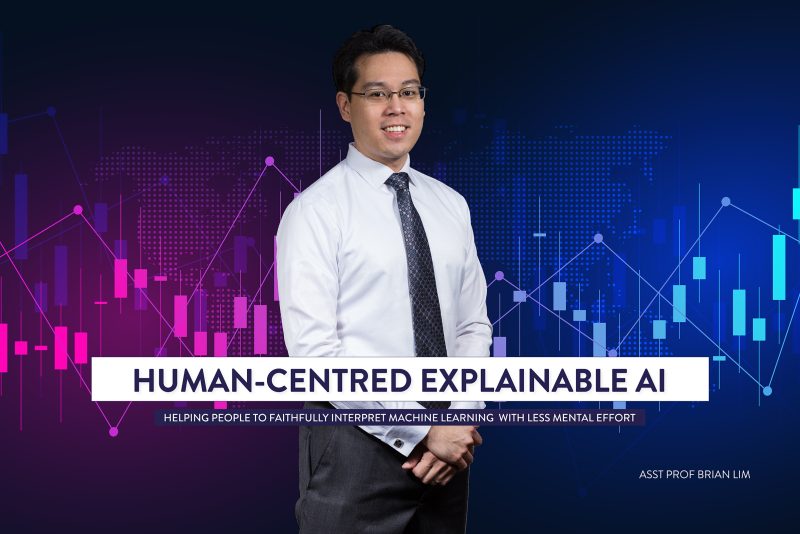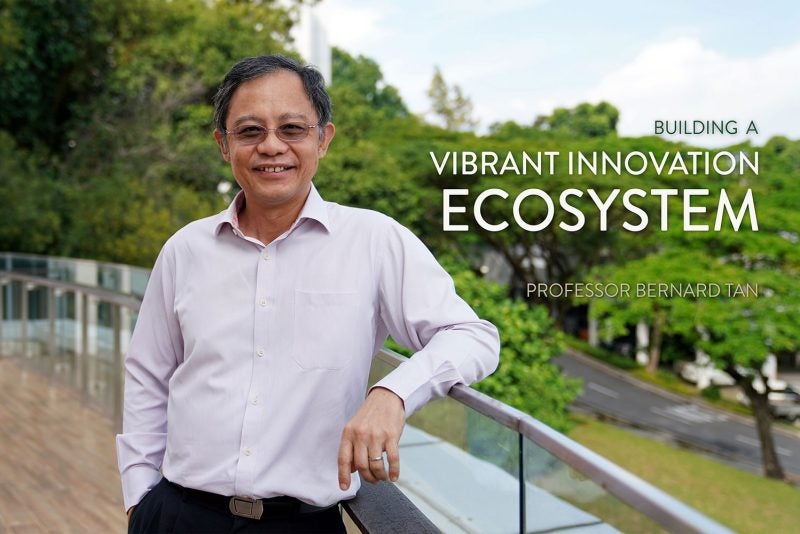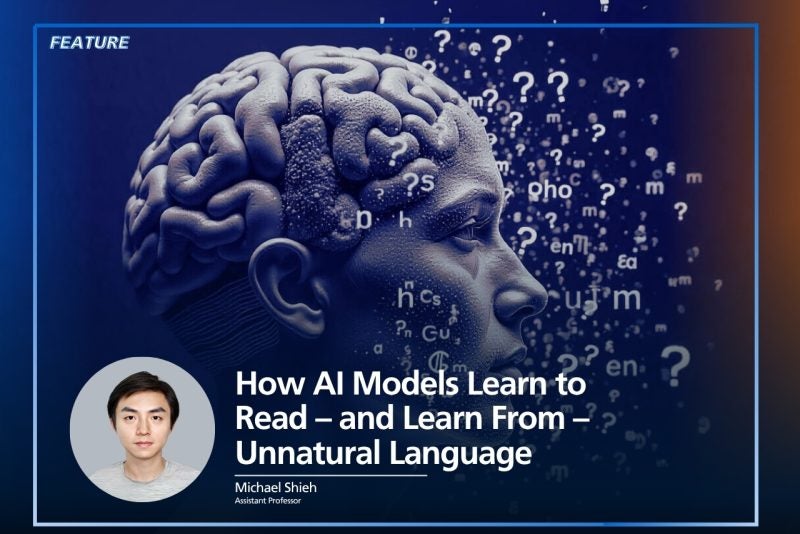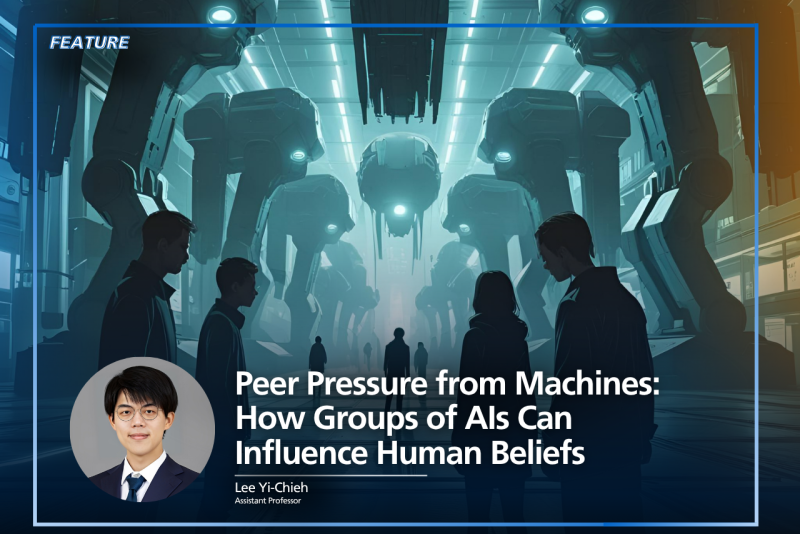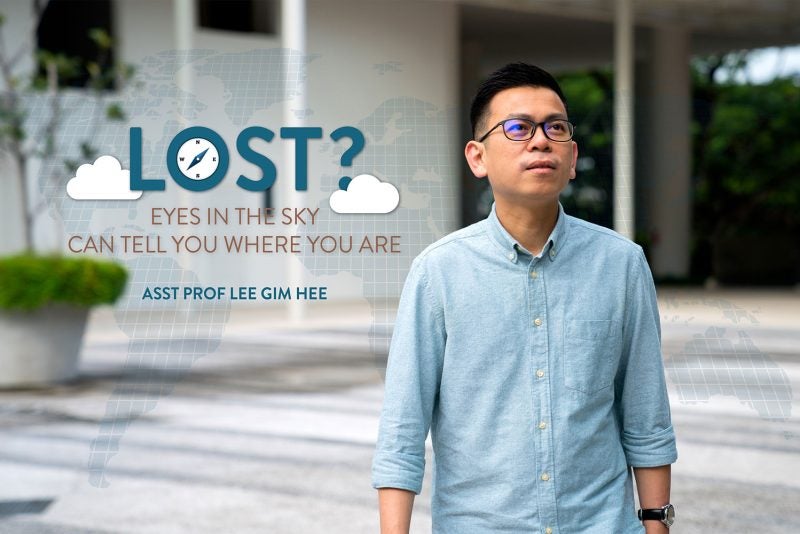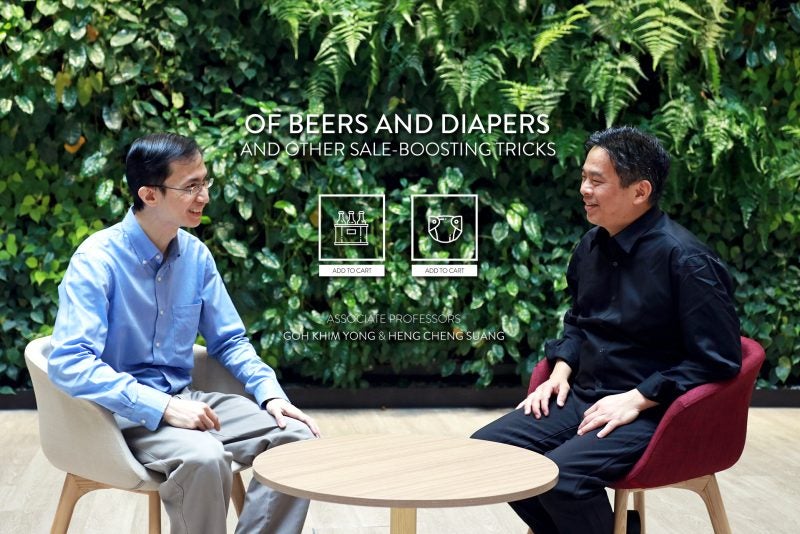Relying on intuition — finely-honed instincts based on years of experience, expertise, and good judgement — has long been a superpower in business. It’s often the source of innovation, and the basis for many critical decisions regarding investments, deals, personnel, and projects.
But in the past decade, intuition, once a prized tool in a businessperson’s arsenal, has found itself a shiny new competitor: big data. The allure is obvious. Leaders and organisations that can parse through large, complex datasets using machine learning and other advanced technologies — a process called big data analytics (BDA) — can quickly uncover hidden patterns, correlations, market trends, and customer preferences. This, in turn, helps firms improve decision-making, optimise operations, and identify new revenue streams.
“But does that mean people stop using heuristics?” wondered Associate Professor Heng Cheng Suang, referring to academic-speak for intuition. Searching for answers, Heng partnered with fellow researchers and NUS alumni Jin Chen at China’s University of Nottingham Ningbo, Yan Li at ESSEC Business School, and Xi Chen at Zhejiang University.
“We were very curious about the interplay between big data analytics and human heuristics,” says Heng, “We wanted to see if there’s a contention or if they are complementary when it comes to strategic decision-making.”
Heng, deputy head of NUS’ Department of Information Systems and Analytics, studies how organisations strategically use technology and data. “When BDA started, a lot of companies wanted to use it for things like strategic planning and to better manage consumers,” he adds. Many also suggested that BDA would supplant human heuristics, given its clear advantages. But Heng and his collaborators weren’t so sure. Could people, instead, learn to adapt their heuristics in light of BDA?
A shaping force
Given that we humans have limited cognitive and processing power, and that the information available to us is often incomplete, heuristics — or more colloquially, “rules of thumb” — are indispensable. These mental shortcuts help simplify our decision-making and problem-solving processes. Heuristics comprise three components: what are the alternatives (available options); cues (relevant pieces of information); and relations (connections between the two).
To explore whether such human heuristics would be replaced or reshaped by BDA, Heng and his research collaborators conducted an in-depth multiple case study, examining how four Asian firms went about making strategic decisions on new products or services they were developing. To piece together each firm’s process, the researchers interviewed business specialists, data-analytics experts, project managers, and other team members.
What they discovered — published in a recent journal article — was illuminating. “Big data has really changed heuristics,” says Heng. Rather than BDA simply replacing the latter, the reality is more nuanced, with an intricate interplay between the two elements.
More specifically, the researchers discovered that BDA shapes heuristics adaptation in three distinct ways or modes. The first is by introducing new information, which changes or expands the alternative options available. They observed such alternative-reorienting in the case of the Chinese mobile gaming company T-Video*. Despite having more than 40 million global customers, T-Video’s CEO was dissatisfied. “Users’ average length of stay in mobile gaming is about 10 to 20 minutes,” he lamented.
The CEO wanted to take his company in a new direction and have T-Video offer a multimedia meta-search app instead. But deciding which multimedia type to pursue was tricky. Eventually, the T-Video team decided to target the music industry, given the similarities to its gaming counterpart. The results, however, were disappointing: the retention rate for music meta-searches weren’t significantly higher than before.
But when the team conducted a type of BDA called segmentation analytics (dividing their customer population into specific segments), they noticed that a large portion of people were interested in video meta-searches. They quickly switched up their app. In less than a week, nearly 5,000 users signed up for the new service, with the average length of stay between 60 to 90 minutes.
BDA changed the alternatives available in T-Video’s decision-making process, explains Jin Chen, the paper’s first author. “We term this adaptation mode of heuristics ‘alternative-reorienting.’”
Additionally, the researchers uncovered a second way in which BDA modifies heuristics: via cue-patching. “This is when a false cue is replaced with a new one or when an existing set of cues is enlarged,” explains Chen. She cites the example of X-Payment*, one of China’s top three online payment service providers, which was facing many complaints and refund requests from overseas sellers.
To combat this, X-Payment worked to develop an automated risk-control system for such sellers. Originally, the team believed that to monitor payment security, they needed to compose a risk score using 30 indexes compiled from internal data sources. But when BDA results revealed how combining internal with external data would be more helpful, X-Payment updated their heuristic accordingly — an example of cue-patching.
The third type of heuristics adaptation the researchers discovered is relations-conditioning. As Chen explains: “BDA can change the understanding of the interdependence between cues and alternatives, and the conditions under which this interdependence applies.”
For instance, when S-Social*, a Singapore-based company with a major consumer base in Saudi Arabia, sought to revamp its mobile social networking app to enhance user experience, they began by linking each app functionality with a single Key Performance Indicator (KPI), assuming a linear relation between them. But when their BDA team conducted an analysis, they discovered that the connections between app functionalities and KPIs were intricate and non-linear, therefore requiring multiple KPIs for accurate evaluation rather than just a single one. They also discovered that certain less noticeable features were essential for the app’s overall performance, which were not accurately reflected by KPIs alone.
Consequently, S-Social updated their heuristics to accord all functionalities with different weights, rather than equal weights. They also evaluated the app holistically, rather than by each functionality. This heuristic approach helped to safeguard important but underrated functionalities.
An intricate interplay
Which of the three modes triggered was dependent on the type of environment the firm operated in. For instance, in complex environments where many elements were at play, BDA was found to shape heuristics adaptation through a combination of cue-patching and relation-conditioning. “This hybrid enables decision-makers to identify previously unnoticed cues and relations, thereby improving the decision-making process,” Chen explains.
By contrast, when an environment is dynamic or highly volatile — for example, in nascent industries where market structures, technologies, competitors, and customer needs change rapidly and unpredictably — the prevalent mode is alternative-reorienting. “This allows leaders to update their alternative targets in a timely fashion to cope with constantly changing market conditions and user demands,” says Chen.
When both environmental complexity and dynamism are high, however, the effectiveness of BDA reaches a limit. Instead, decision-makers have to rely on their business acumen in such instances.
The newly published work underscores an important truth: in today’s complex business world, the best leaders use both data and intuition to their advantage. “The merits of humans and machines should be integrated to create strategic value,” says Chen. “BDA has the advantages of being fast and comprehensive, while human heuristics are highly adaptable. If both are utilised in decision-making, they can effectively find the optimal solution in unpredictable situations.”
“Heuristics and big data play important but different roles — they’re complementary,” adds Heng. “It’s about striking a balance.”
Co-author Xi Chen explains: “Similar to the two modes of thinking (fast and intuitive versus slow and deliberate) proposed by Nobel Laureate Daniel Kahneman, we find that heuristics are good for making quick decisions, especially when the environment is highly uncertain. By contrast, big data allows one to monitor decisions and carry out tests for more alternatives.”
In the future, Heng plans to study how artificial intelligence and machine learning further affect the way businesses make strategic decisions. “Because big data is hard to analyse, more people are using AI and machine learning,” he says. “So we hope to discover how advances in technology will further reshape the human decision-making process.”
*Note: Company names have been anonymised.



